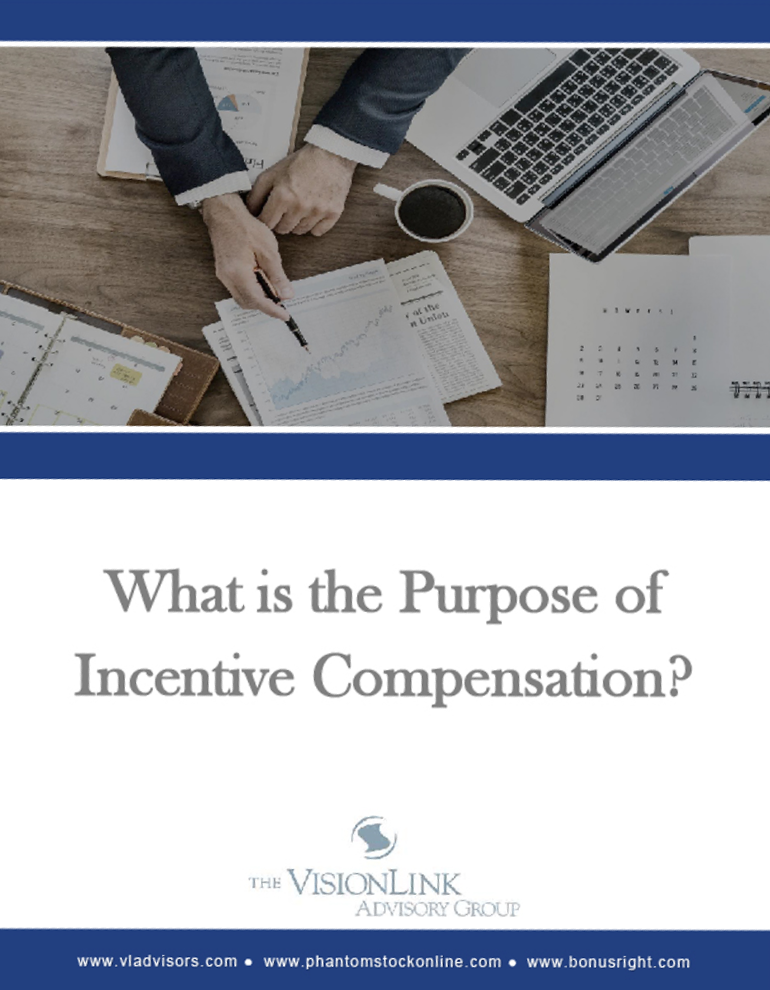
Free Report
What is the Purpose of Incentive Compensation?
Build a Unified Financial Vision
This report offers you a 21st century view of incentive plans and what they should help your business accomplish. In it, you will learn how an effective plan design can enable greater alignment between your vision and ambition and the goals and passions of your employees. It is a must read for every business leader that is trying to attract and retain top talent and then tie their compensation to the value they help create.
If you do not know the purpose of incentive compensation for your company, it will be impossible to design an effective plan. This report will give you insight into the outcomes you should expect from your rewards strategy. It will give you a jump start on developing an incentive program that is compelling and turns your employees into true growth partners in the business.
This report:
- Introduces you to the 21st century view of incentive compensation.
- Identifies the three purposes incentive compensation should help a company fulfill.
- Explains the two performance periods incentive compensation should reward.
- Defines the core philosophy that should guide how incentive plans are designed and funded.
Ready to Speak with a Compensation Expert?
Call 1-888-703-0080 or complete our contact form.